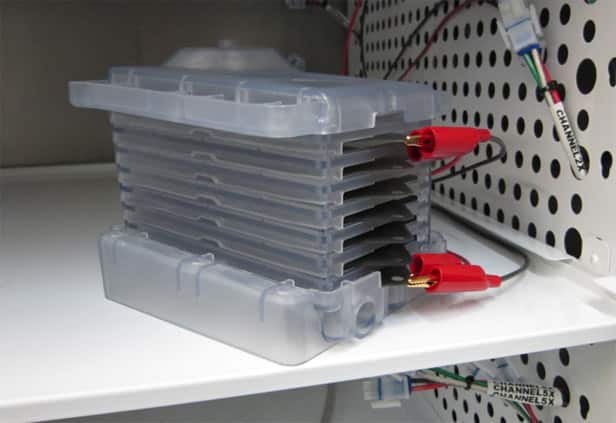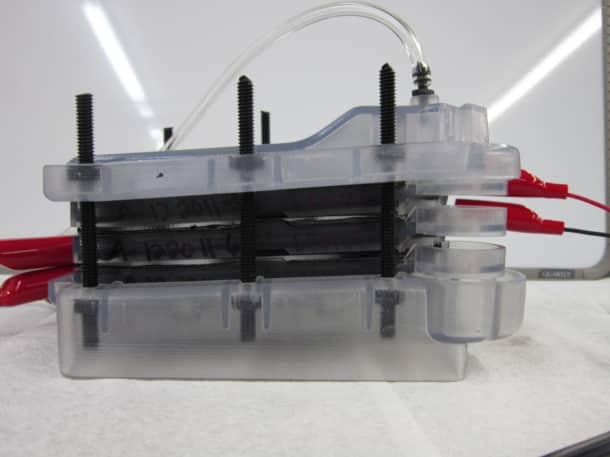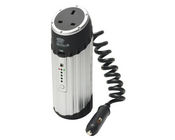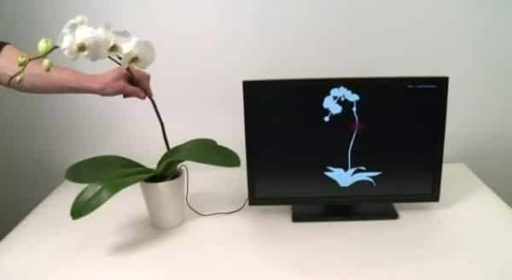Battery developer company EOS Energy Store has developed a proprietary zinc-air battery. The company demands that this battery can be used to meet the energy storage needs of utilities, electric vehicles, the military, and major industrial and commercial enterprises. This Zinc-air batteries are lighter than Lithium-Ion, cheaper to produce, non-toxic, and environmentally friendly.
President of EOS, Steve Hellman said ‘The energy storage start up before the end of March plans to close a round of funding from corporate partners which is expected to be at least $5.5 million. It plans to raise $20 million by the end of this year and start making its batteries at a pilot manufacturing facility next year’.
Though this battery is not available in the market. EOS Energy Storage said this grid storage battery will be cheaper than other technologies, such as lithium ion or sodium sulfur batteries. The company’s target price is $1000 per kilowatt and $160 per kilowatt hour. According to the company, when the battery’s life time will be over then it would make a comparable to the cost of pumped hydro plants or natural-gas turbines.
Hellman said ‘Energy project developers could install them next to power generation stations or at the edge of the grid network where there’s a lot of congestion. The batteries will provide back up and allow companies, such as data center operators, to charge the batteries at off-peak times and draw on them during peak times to save money’.
Hellman also added ‘The nice thing about the battery is that it’s totally safe and can be installed in a New York City office building or downtown London, where they can relieve bottlenecks on the grid’.
- Proven technology: widely used today for disposable, high-energy density, low-cost applications (e.g. hearing aids)
- Historically difficult to make rechargeable due to architecture, electrolyte, materials and operational challenges
- Based on similar chemistry used in standard alkaline AA and AAA batteries (Zn/MnO2), however the manganese dioxide (MnO2) is replaced with a thin air electrode
- “Breathes” air: oxygen from ambient air is used as cathode reactant, saving space and cost
- High energy density because there is no need to integrate a cathode reactant
- Environmentally friendly: recyclable materials
- Made from safe, low cost, locally sourced, readily available materials including:
– Zinc: One of the world’s most plentiful and inexpensive metals, stable, non toxic, energy dense, locally available
(US, Canada and Australia are three of top five global zinc producers)
– Air
EOS is now focusing on the grid storage. After this year, the company plans to test out megawatt-size batteries with a small number of utilities and corporate customers.
Source: CNET
[ttjad keyword=”general”]




